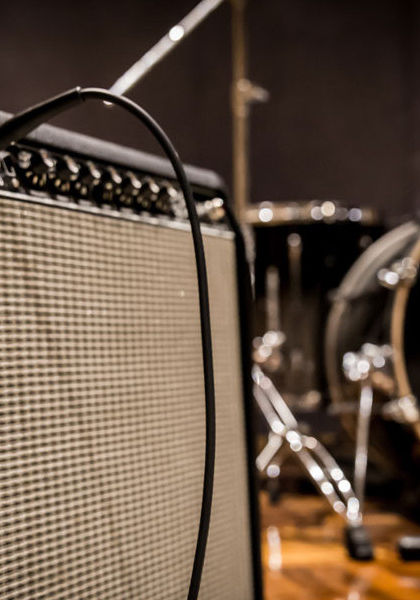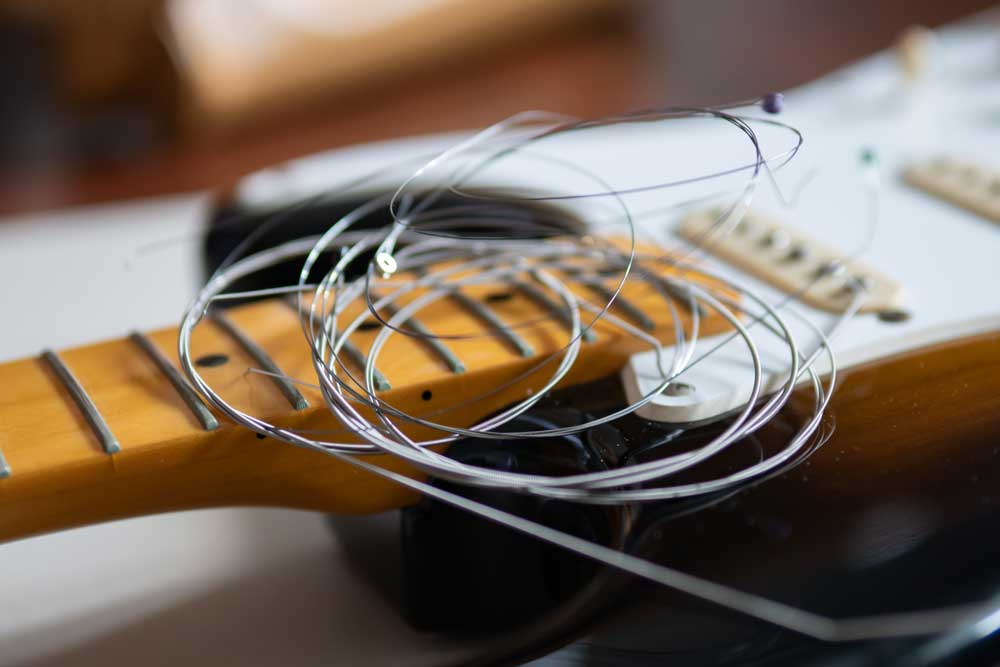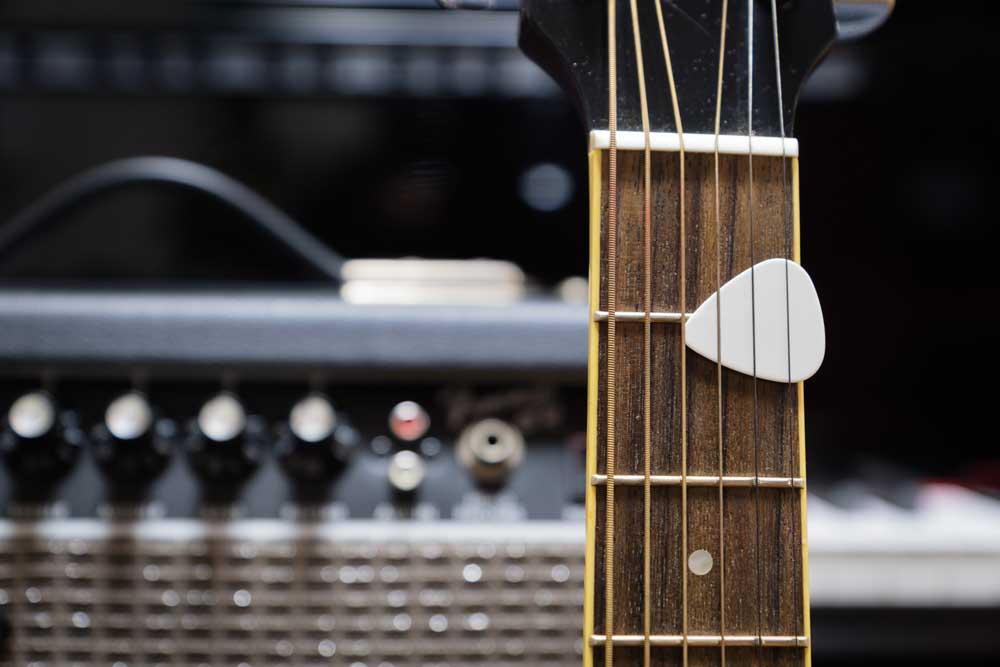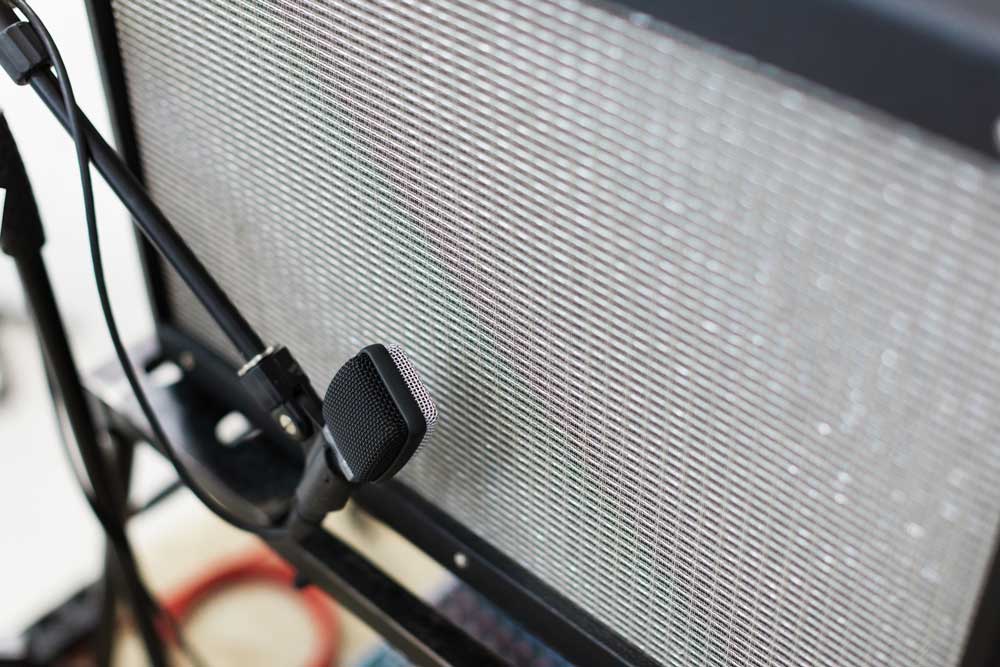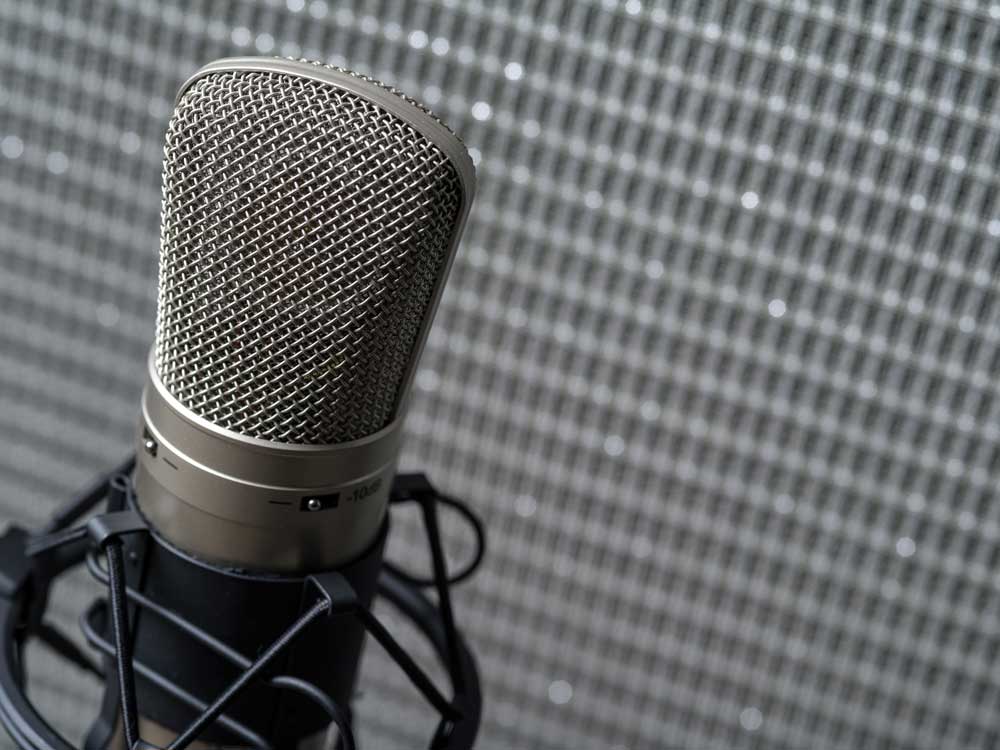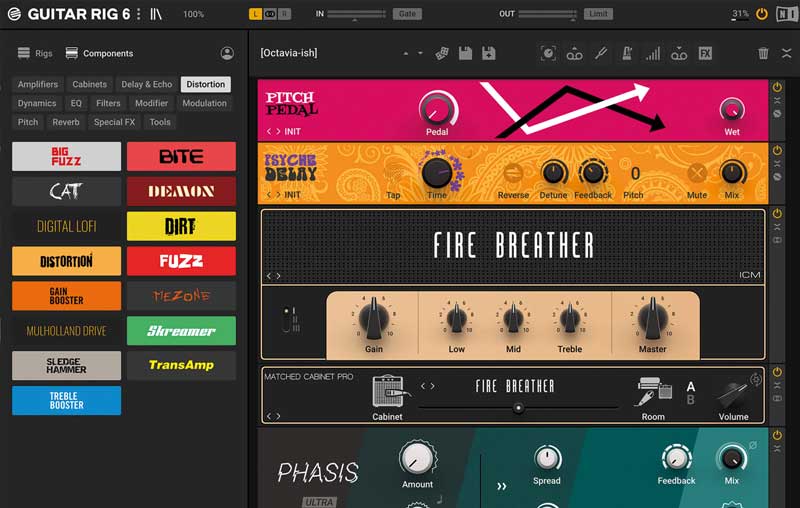Dual Microphone Techniques for Electric Guitar
Using two microphones at once will open up your options and deliver a wider breadth of tone.
The first approach is to use two very different sounding microphones, placing them as close together as possible to minimise phase problems. You now have two mics to choose from during the mixing process, or you can blend the two until you achieve the desired sound.
Another dual-mic approach involves placing one mic close to the amp and another at a distance while paying close attention to the phase relationship between each mic.
The initial misconception from many home recording enthusiasts is that more mics will produce a 'thicker' or 'richer' sound. If phase cancellation occurs, the exact opposite is true, and the sound can become weak or thin.
The science of phase cancellation goes beyond the scope of this article, but in simple terms. If the sound reaching our second microphone is 'out of phase' with our first microphone, then frequencies will clash and cancel each other out, resulting in a loss of tonal quality.
The more microphones you use at once, the more phase issues you'll experience.
Use The 3:1 Rule & Minimise Phase Cancellation
As a good rule of thumb, the 3:1 rule is a great starting point when attempting to avoid phase issues. The rule states that your second mic should be exactly three times further away from the sound source as the first mic. So, for example, if the first mic is one inch from the speaker cabinet, then our second mic should be three inches away.
Use your ears and make small adjustments if you notice the sound becoming thin. We can use the phase inversion function in many DAW packages to flip the phase on one channel and hopefully improve the result if you still notice issues after recording. There are also some phase alignment plug-ins that can help.
Consider Using Amp Modulation
If you arrived here seeking how to record electric guitar without a microphone, this is your answer:
Amp modulation software has come on in leaps and bounds over the last decade, to the point where bundled versions included in DAW recording packages, such as Logic, sound very convincing indeed!
(If you have a little extra money to spare, then I'd also highly recommend checking out Guitar Rig 6 Pro, which comes as part of the Native Instruments Komplete 13 plugin bundle).
Not everyone is lucky enough to own a great sounding valve amp. Plus, there's always our neighbours to consider. If your budget or living circumstances prevent you from cracking that lovely boutique amp up to 11, you rest in the knowledge that all is not lost.
Using a good quality DI (direct input) box, you can easily send a completely dry, line-level signal to your audio interface while still sending the instrument-level signal to your amp. Should the desire strike, you can have the best of both worlds or simply use the amplifier to retain the feel while tracking.
